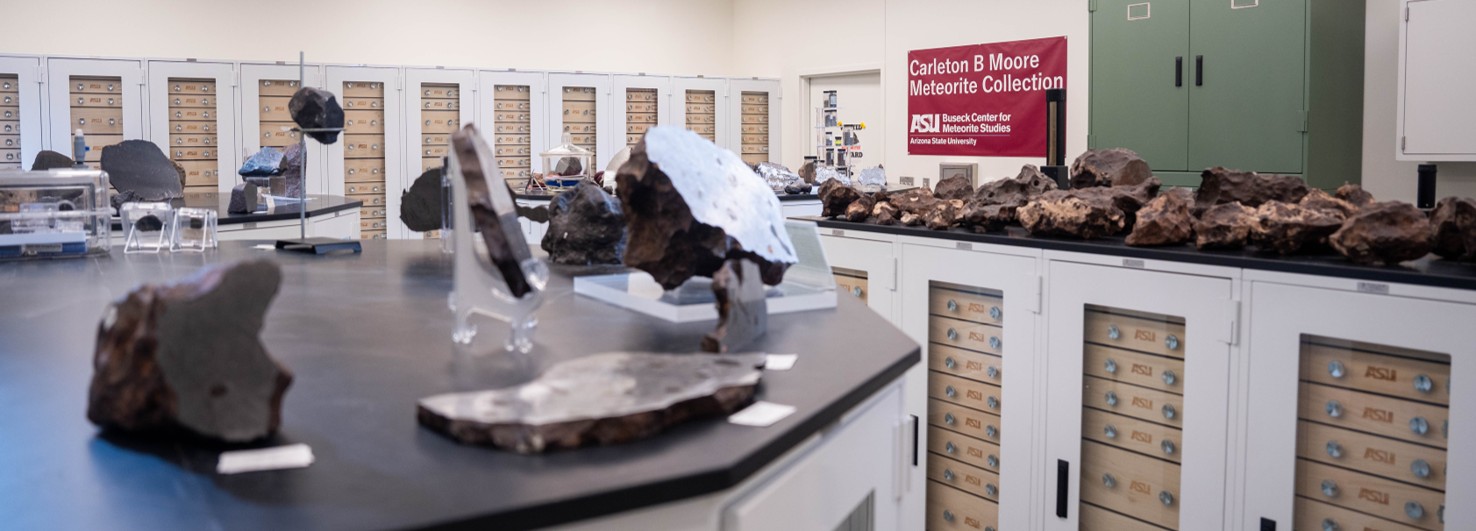
The Solar System’s Oldest Sedimentary Rock is a Meteorite!Center Meteorite Curator Laurence Garvie is first author on a new paper published in the journal Icarus. According to Dr. Garvie, the paper (Sedimentary laminations in the Isheyevo (CH/CBb) carbonaceous chondrite formed by gentle impact-plume sweep-up) required a true interdisciplinary effort, with contributions from meteoriticists, astrophysics, and sedimentologists. "I am often asked “what is your… |
Nininger Student Travel Award Winners Announced!The Center for Meteorite Studies and the School of Earth and Space Exploration (SESE) are pleased to announce the winners of the 2017 Nininger Student Travel Award. The goal of this award is to support travel to the annual Lunar and Planetary Science Conference (LPSC) of up to 4 SESE undergraduate and graduate students to… |
CMS Director on Hidden Figures Q&A PanelASU's Virginia G. Piper Center for Creative Writing recently hosted a moderated question-and-answer session with Margot Lee Shetterly, author of Hidden Figures: The American Dream and the Untold Story of the Black Women Mathematicians Who Helped Win the Space Race. Panelists included Dr. Stanlie James (Vice Provost for Inclusion and Community Engagement) and Center for… |
Behind the Scenes: Furnace Drop Video!Delve into current research at the Center with this periodic news feature, and catch a glimpse of what our students and scientists are working on right now! Ph.D. Candidate Emilie Dunham is melting a mixture of oxide powders in a platinum crucible to make a new standard for SIMS (Secondary Ion Mass Spectrometry) analysis of… |